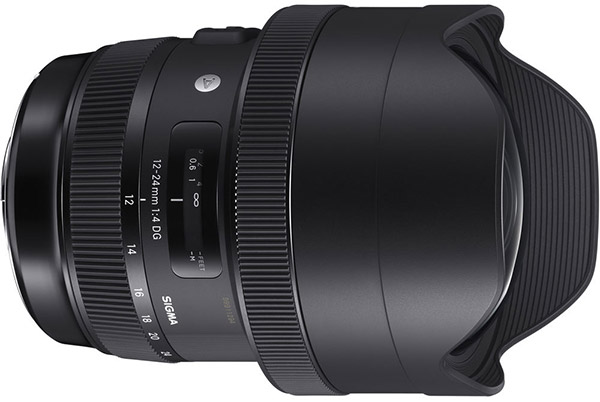Sony full-frame fans rejoice - Sigma president says company is going to support FE-mount!
posted Tuesday, September 27, 2016 at 3:35 PM EDT

As we recover from the flurry of news and announcements during Photokina 2016, an interesting tidbit of information for Sony E-mount users has come out of an interview that Sigma's president Kazuto Yamaki conducted with Focus Numerique.
In the above interview, which has been published in French, Yamaki said very plainly that Sigma will come out with FE mount photo lenses in the future. Until now, the company has only released cine lenses in FE mount and required users to mount Sigma lenses to their E-mount cameras via an adapter, which inevitably leads to a degradation of image quality and/or a general decrease in autofocus functionality.
Last week at Photokina, Sigma announced a trio of lenses in the most traditional three mounts they release for still photography-focused optics: Canon, Nikon and Sigma. So while Sigma has yet to officially announce any FE photography lenses, their president has now stated that they will announce FE lenses in the future. So you can bet that there is glass in Sigma's current lineup that A7-series users would love to get their hands on with native E mounts, such as the new 12-24mm f/4, 85mm f/1.4 and 500mm f/4 lenses. It's not clear if Sigma plans to update existing lenses and offer them with a new mount option or if they will design all-new lenses for Sony's full-frame mirrorless lineup.

Sigma is well-regarded as the maker of some of the best third-party lenses on the market, such as their excellent 24-35mm f/2 and 18-35mm f/1.8 lenses. When native FE-mount Sigma lenses are finally announced, it's reasonable to expect a lot of interest in them from Sony fans out there.
So, Sony shooters, are there any lenses in Sigma's lineup you are particularly interested in? Let us know in the comments below!
(Seen via PetaPixel)

